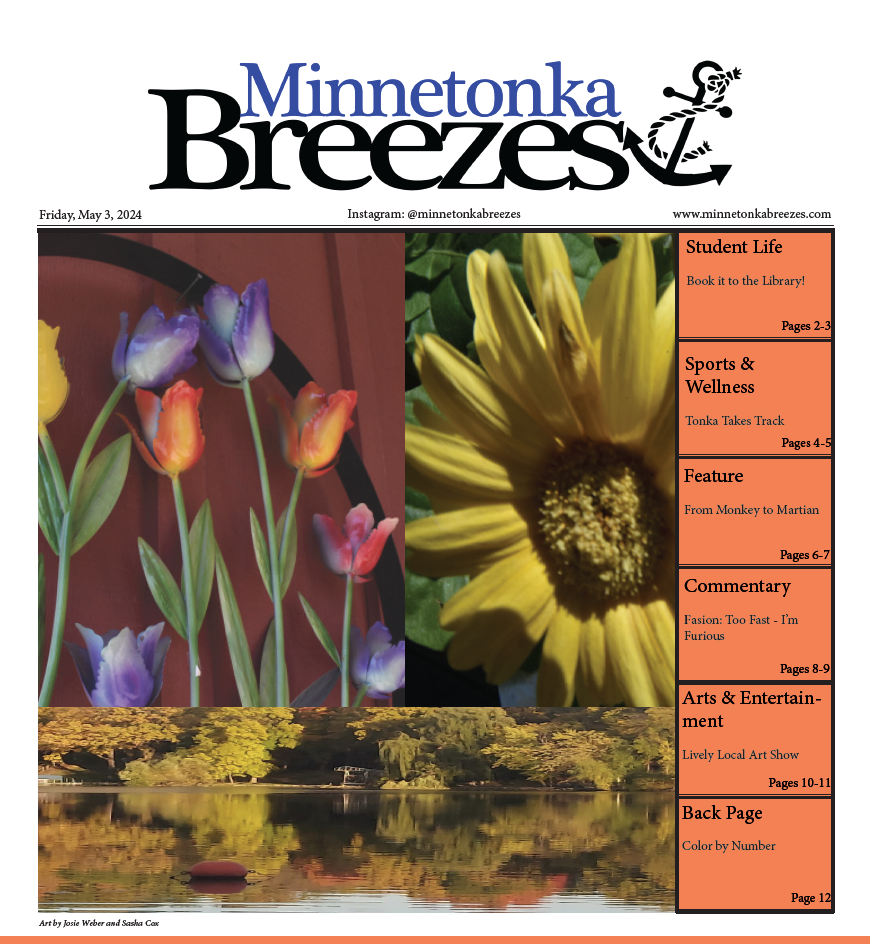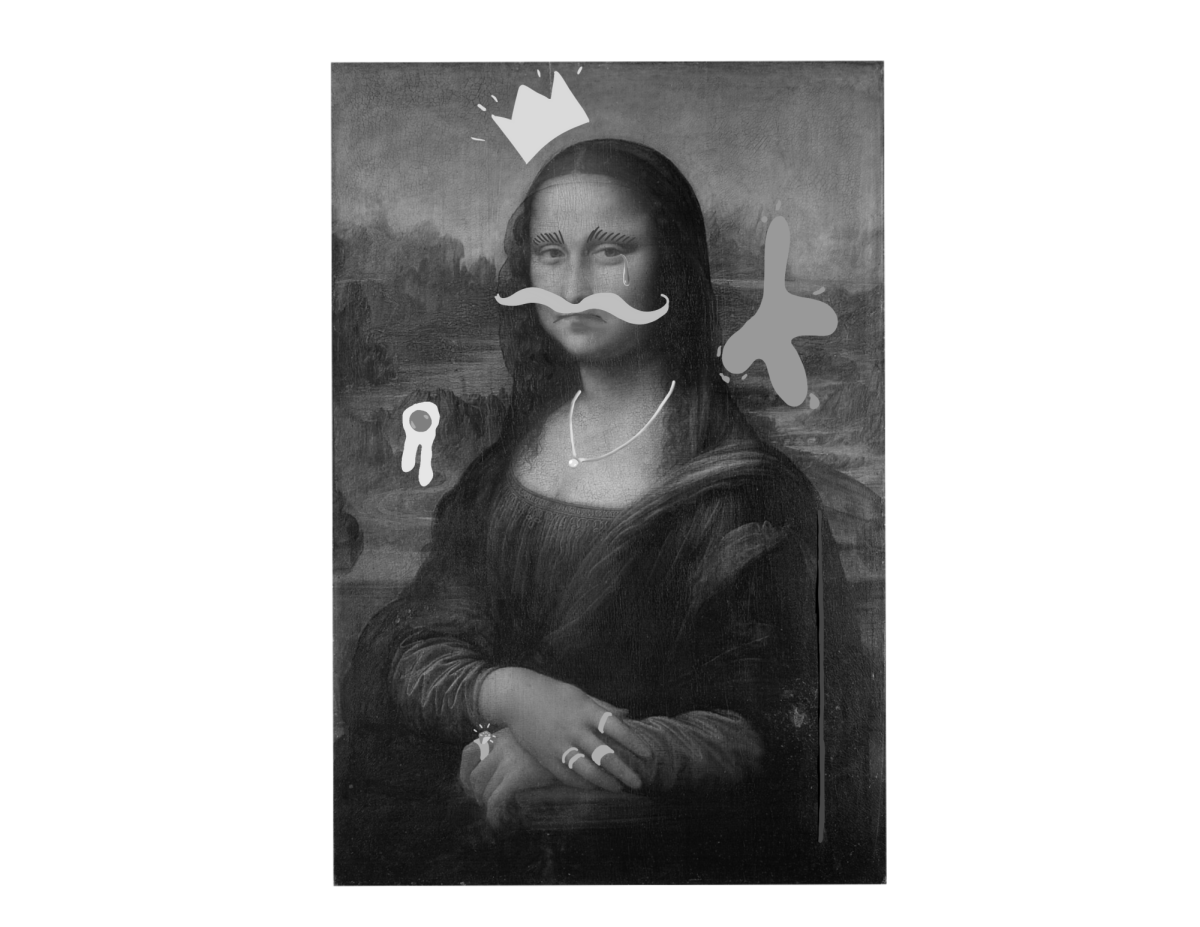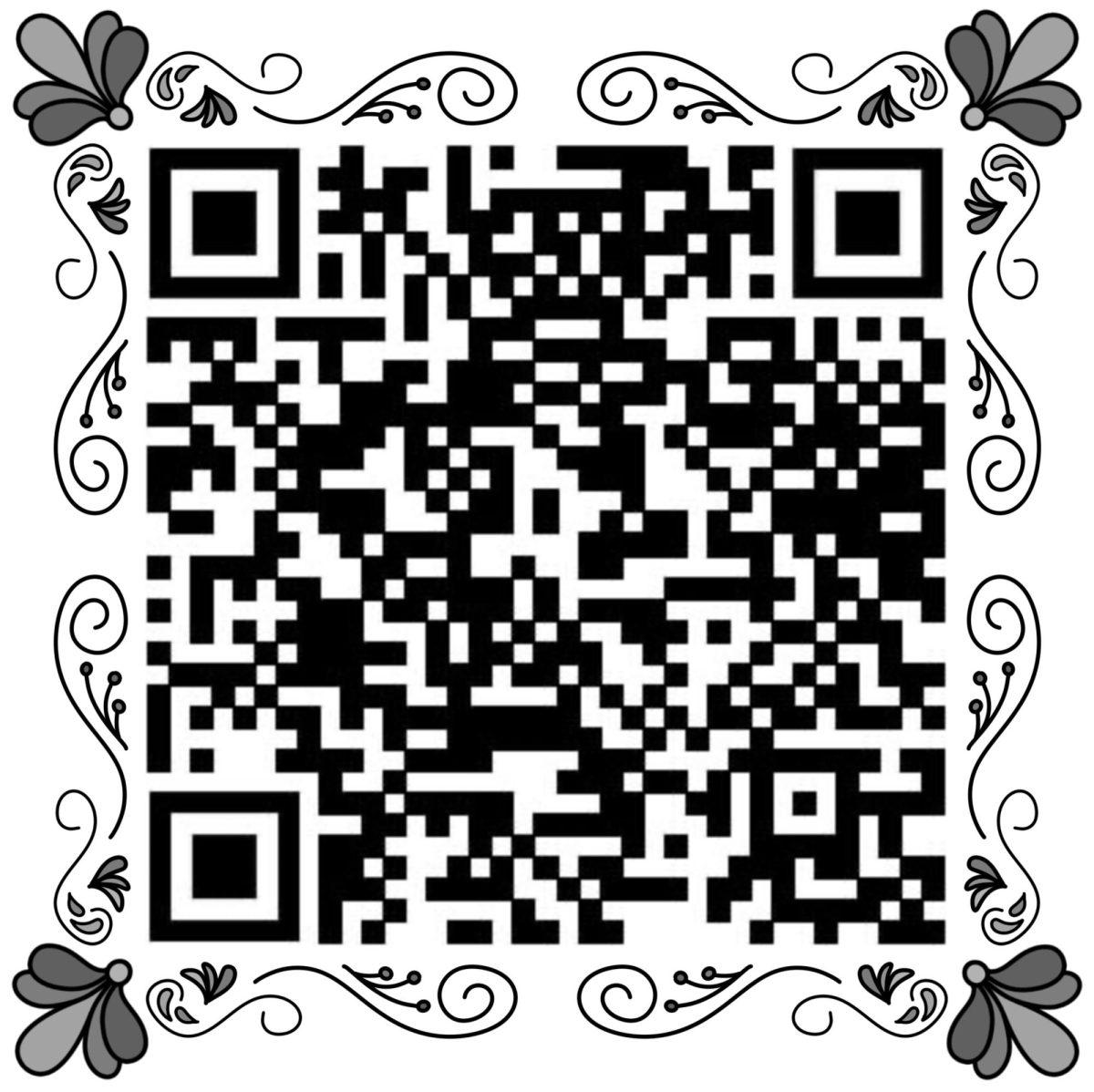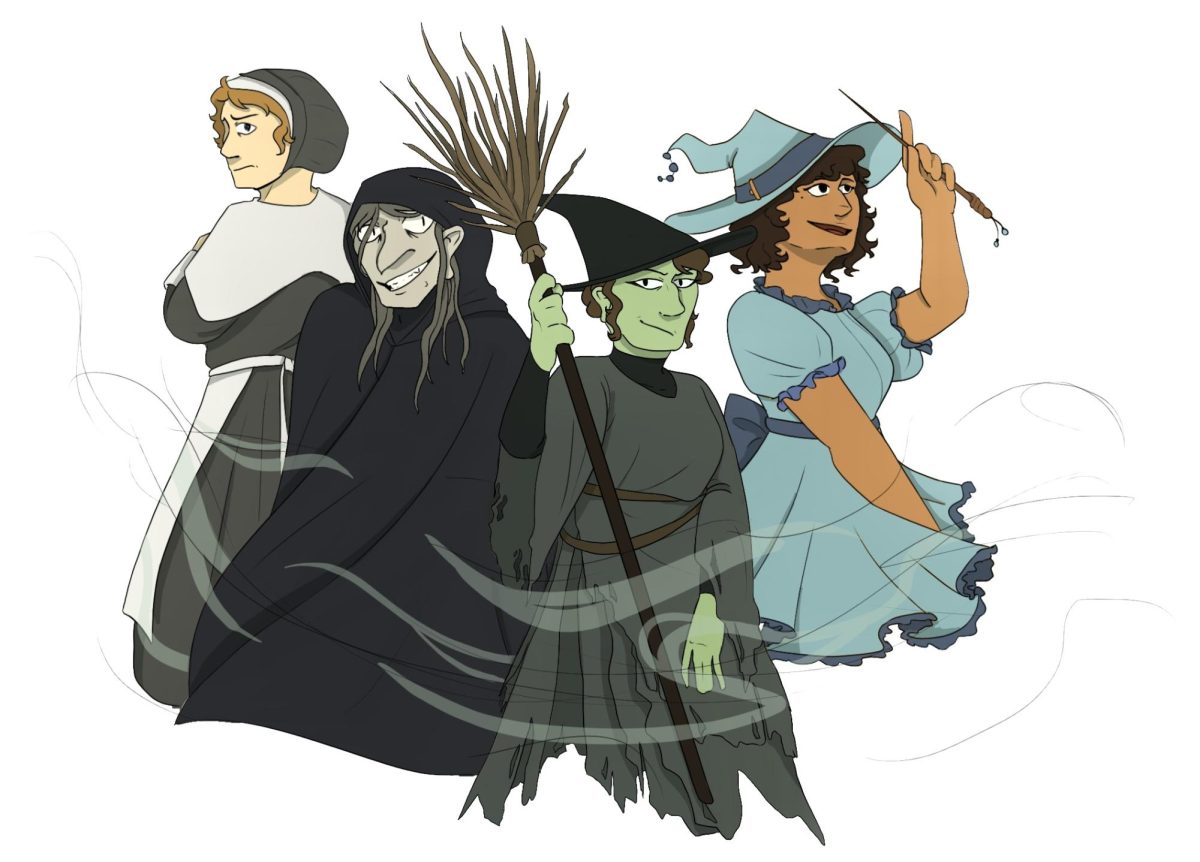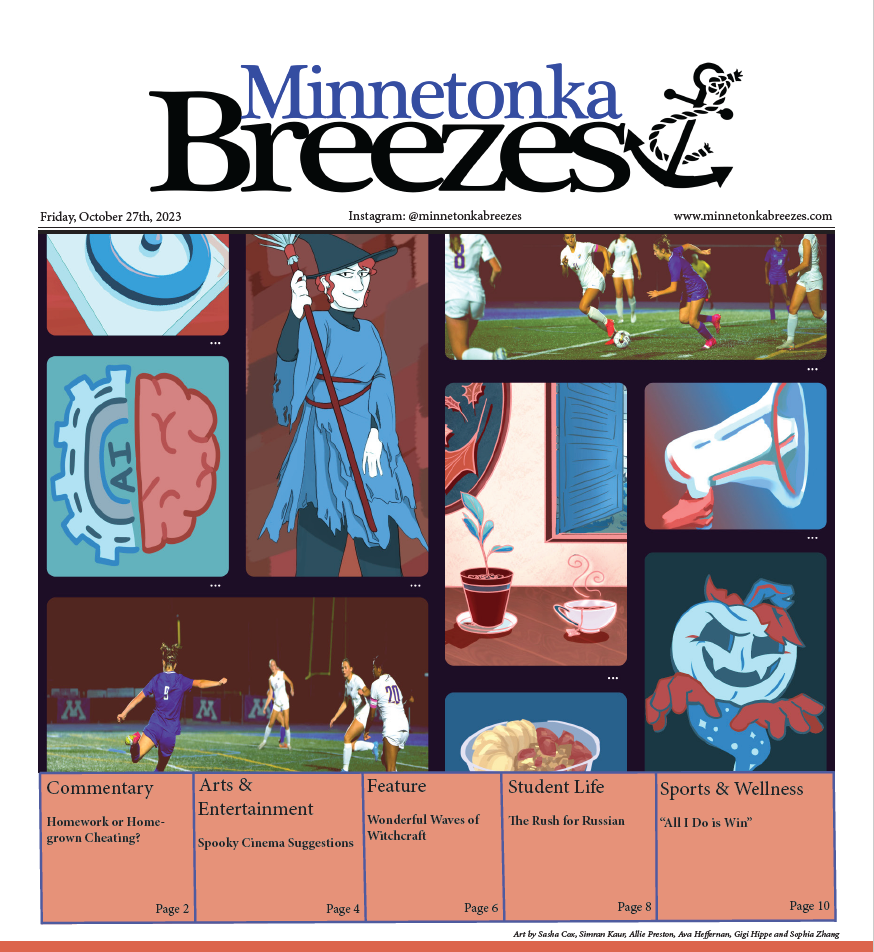In one of the Minneapolis Institute of Art’s special exhibitions, sits a dark room with singing bowls playing overhead. Ken Matsubara’s Chaos sits, all six panels lit upon a pedestal. It takes up the whole room.
Out of a simple color palette comes swirling flames and dark, abstract figures, all over a monotone, yet patterned background that depicts a Buddhist parable: Two Rivers and a White Path.
This story is a metaphor for abandoning greed and anger on the path towards enlightenment. Although, for Matsubara, Chaos reflects a more personal tale.
Growing up in a relative’s temple in Kamiimaci, Japan, Matsubara began creating art inspired by the Buddhist artwork within the grounds. In his 20s he met Sankō Inoue, a renowned painter with a western style, who would go on to be his mentor. However, after many decades of working together, Inoue died, leaving Matsubara unsure about where to take his art. “Unhealthy” is the word Inoue used for it, placing Matsubara in a state of confusion.
One day, while contemplating in the woods, Matsubara heard a sound in the distance, echoing. The noise itself was caused by a broadcast of an election speech, but when combined with the sounds of nature, created a beautiful harmony. It was this sound, he said, that helped him discover his art and abstraction. Two years later, in a flurry of painting, Chaos was born.
“It was like the chaos before the Big Bang: the pure, unfiltered beginning of everything,” Tim Gihring of the MIA elaborated, “He merged his knowledge of Buddhist concepts with his teacher’s abstraction to create a new form of representation, his own abstraction of space and sound.”
































